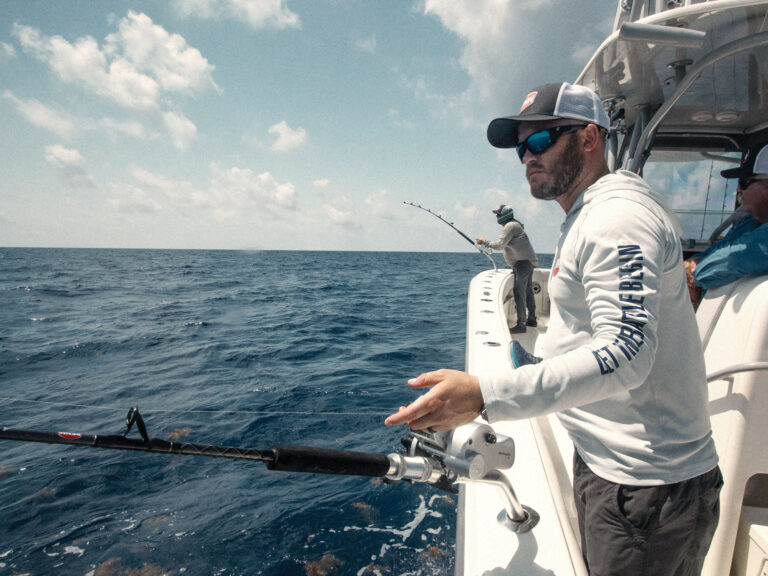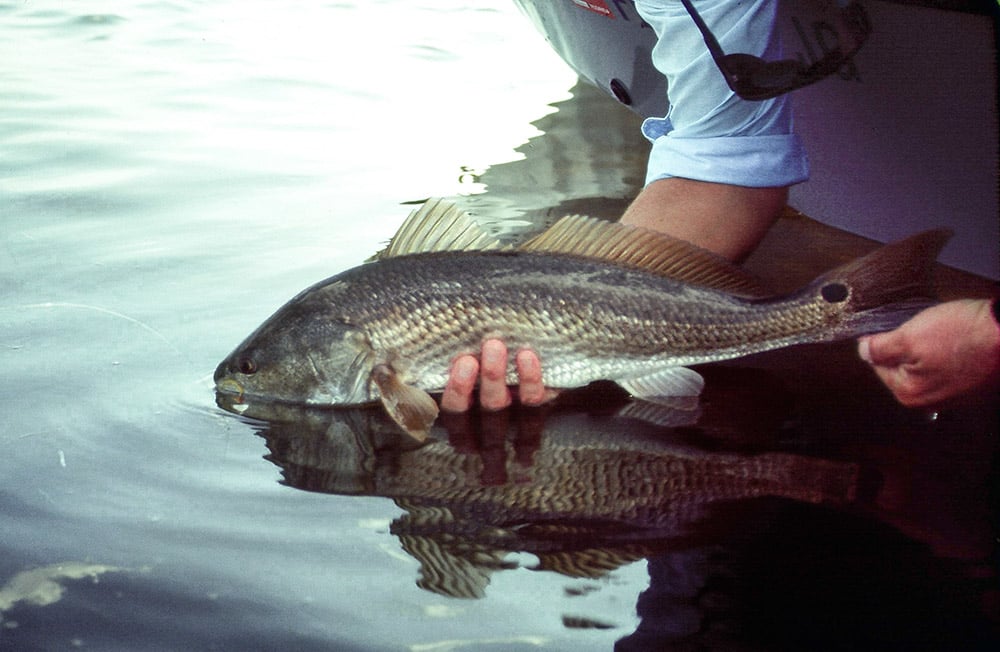
From billfish to bonefish, stripers to snook, anglers release fish in record numbers. Part of this trend can be attributed to the growing conservation ethic, but regulations–bag and size limits, closed seasons—contribute factors as well. Regardless of altruism or compliance, the survival rate of freed game fish depends on proper release methods. Use these techniques to increase the odds of catching them again.
Tip No. 1: Don’t fight a fish to exhaustion. Fish with appropriate tackle to match the target.
Tip No. 2: Rig with circle hooks when fishing live or dead bait.
Tip No. 3: Use pliers or dehooker tools to remove hooks while the fish is in the water; maintain safety and control with grippers or tail gaffs.
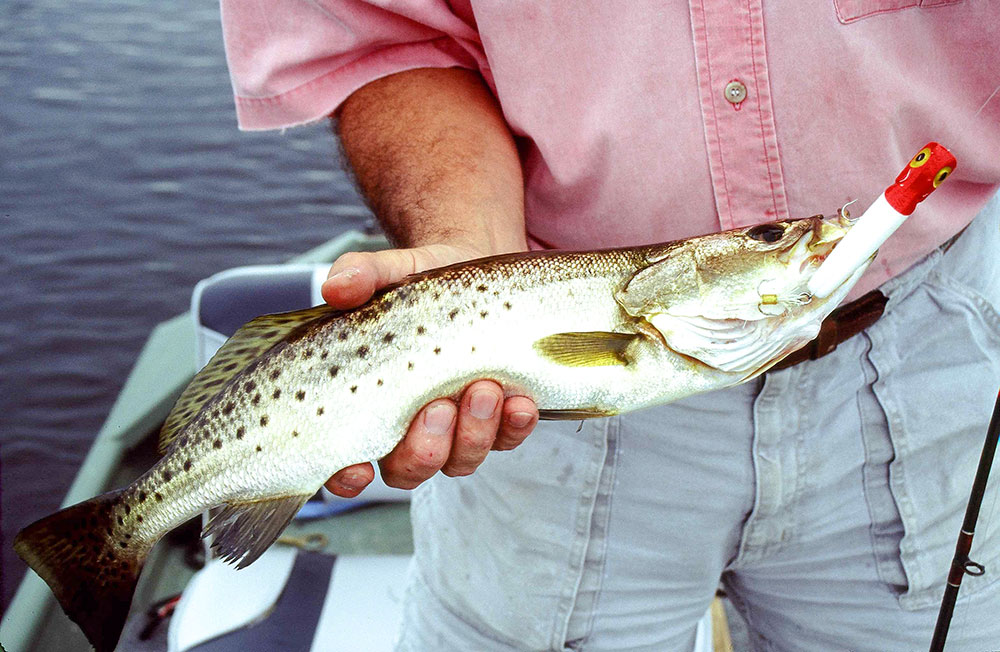
Tip No. 4: If a fish is gut-hooked and bleeding, cut the leader as close as possible and don’t re-move the hook.
Tip No. 5: Bronze hooks rust quicker than stainless steel if the hooks can’t be removed.
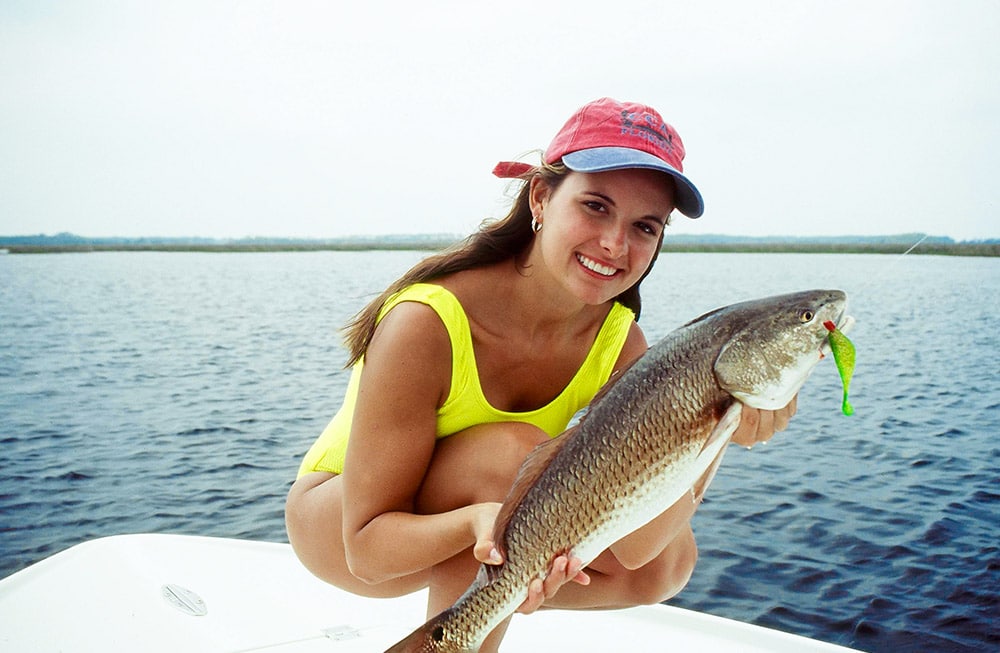
Tip No. 6: Take photographs and measurements with the fish in the water whenever possible; if handling is necessary, do it quickly and support the fish by cradling it horizontally with both hands.
Tip No. 7: Protect the fish’s protective slime by wetting your hands, using a wet towel or wearing wet cloth gloves; avoid contact with the gills and eyes.
Tip No. 8: Nets with rubber mesh minimize slime removal.
Tip No. 9: Use a descender device like a SeaQualifier or vent swim bladder gases on deepwater species with a hollow deflation needle.
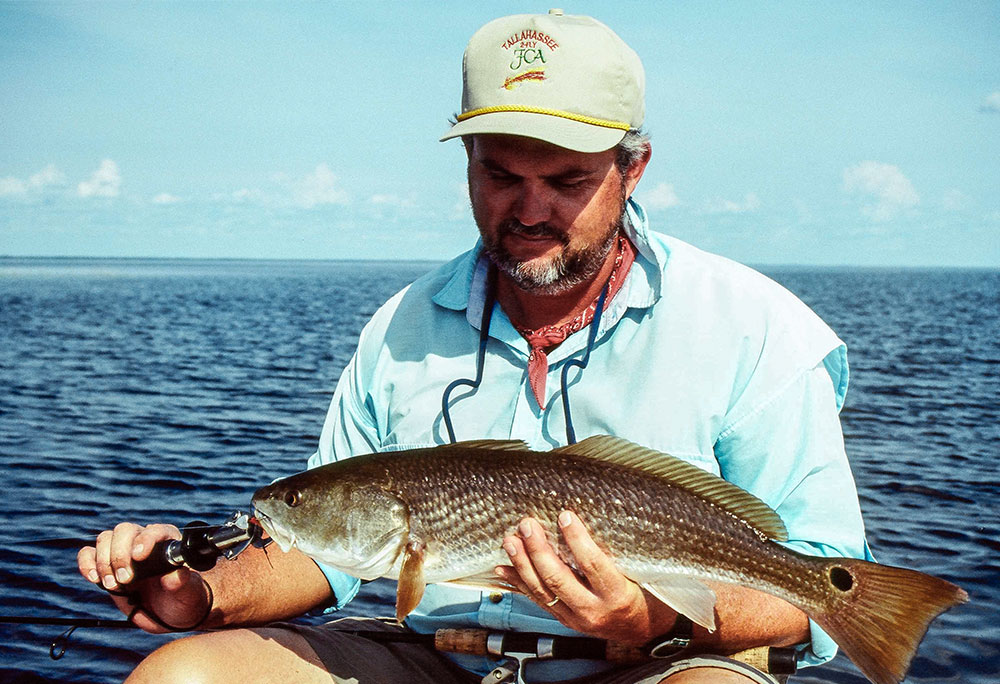
Tip No. 10: Revive the fish before release by holding it underwater until it swims off or by motoring slowly forward to flush water over the gills. Don’t pull fish backwards in the water.








